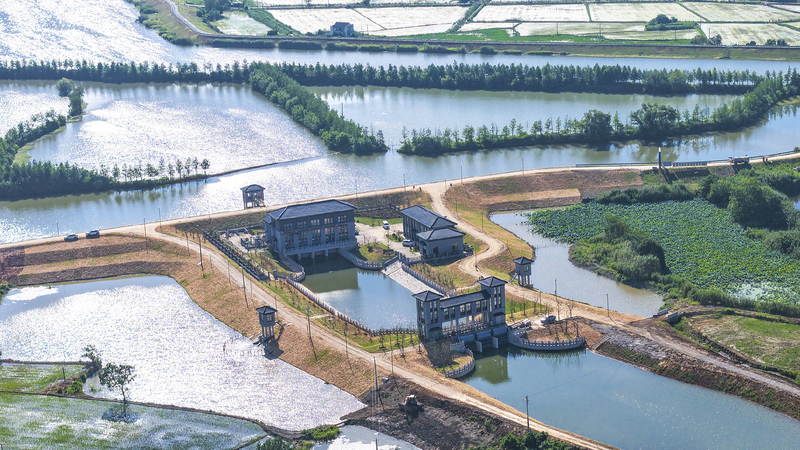Hi friends,
Today, we’re bringing you some important news from Xizang (also known as the Tibet Autonomous Region) in southwest China. A strong earthquake, measuring magnitude 6.8, shook the region on Tuesday morning at 9:05 a.m. Beijing Time.
What Happened?
The earthquake struck Dingri County in the city of Xigaze. Unfortunately, nine people lost their lives, and some houses collapsed in Tonglai Village, Changsuo Town. The epicenter, which is the point on the Earth’s surface right above where the earthquake starts, was at 28.5 degrees north latitude and 87.45 degrees east longitude. The quake was quite shallow, happening just 10 kilometers deep underground.
Did Others Feel It?
Yes! People in the Kathmandu Valley in neighboring Nepal felt strong shaking too. That’s because earthquakes can send out vibrations called seismic waves that travel long distances.
Aftershocks
After the main earthquake, there were several smaller quakes called aftershocks. The biggest aftershock had a magnitude of 4.4. Aftershocks can happen for days or even weeks after a big earthquake.
What’s an Earthquake?
An earthquake happens when the Earth’s plates, which are like huge puzzle pieces on the Earth’s surface, suddenly shift. This movement releases energy that makes the ground shake. Scientists use a scale called the Richter scale to measure how strong an earthquake is. A magnitude 6.8 earthquake is considered strong and can cause serious damage.
Safety First!
Earthquakes can be scary, but there are ways to stay safe. If you ever feel the ground shaking:
- Drop to the ground.
- Cover your head and neck with your arms.
- Hold on to something sturdy until the shaking stops.
Let’s Keep Learning
Natural events like earthquakes remind us how amazing and powerful our planet is. By learning more about them, we can be better prepared and help others stay safe.
Stay curious and stay safe! 🌍
Reference(s):
cgtn.com




